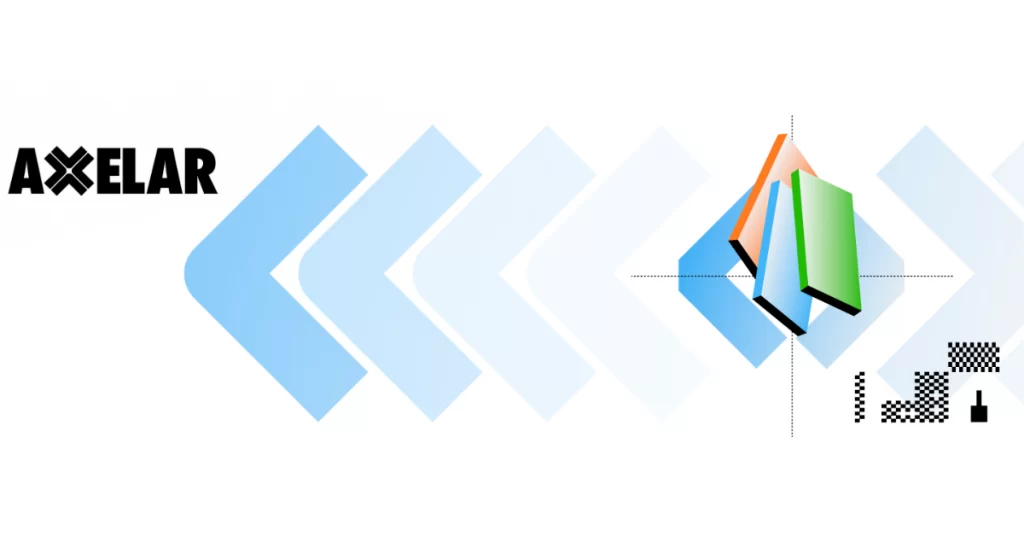
The post Applauding Cross-Chain Developers For Pioneering New Protocols To Propel Crypto Forward appeared first on Coinpedia Fintech News
In crypto’s early years, isolated blockchains competed with one another. For example, Bitcoin, Litecoin, and Monero vied to become the one chain that would rule them all. As cryptocurrencies evolved, however, the need for tokens to communicate across chains became more evident. Thus, smart chains, like Ethereum, were born and allowed networks that run on the same token standard to communicate with one another. This interaction formed a bright and vibrant ecosystem where users of all EVM-compatible networks could easily connect.
While Ethereum made cross-chain compatibility possible, it wasn’t without its limitations. High gas fees to transact on the Ethereum network and disagreements about how a blockchain should operate led other L1s to spring up and compete for Ethereum’s crown. Cardano, Solana, and Cosmos were among the early contenders. While having transactions split across numerous chains freed up space on Ethereum (thereby decreasing the network’s gas fees), this ultimately led to another dilemma. Because each protocol ran on a different token standard, assets became siloed in one L1 ecosystem.
Developers raced to resolve the interoperability issue. Bridges were built, and bridges were hacked. Meanwhile, the Axelar Network team constructed an infrastructure to enable dApp users to interact on any chain with a single click, thereby delivering secure cross-chain communication on Web3. At the same time, AssetMantle was busy creating their interNFT standard, which allows NFT creators and collectors to hold assets on compatible chains in a single wallet. These two synchronistic teams and products will now work together, as Axelar and AssetMantle announced earlier today. Their joined forces could be advantageous for cryptocurrency as a whole.
As we’ve seen in every prior crypto bull market, capital flows where it experiences the least friction. In addition, liquidity must be free, so successful projects in one ecosystem can bring value to others and encourage broader adoption. For those reasons, cross-chain is the future of cryptocurrency.

 3 years ago
144
3 years ago
144














 English (US) ·
English (US) ·